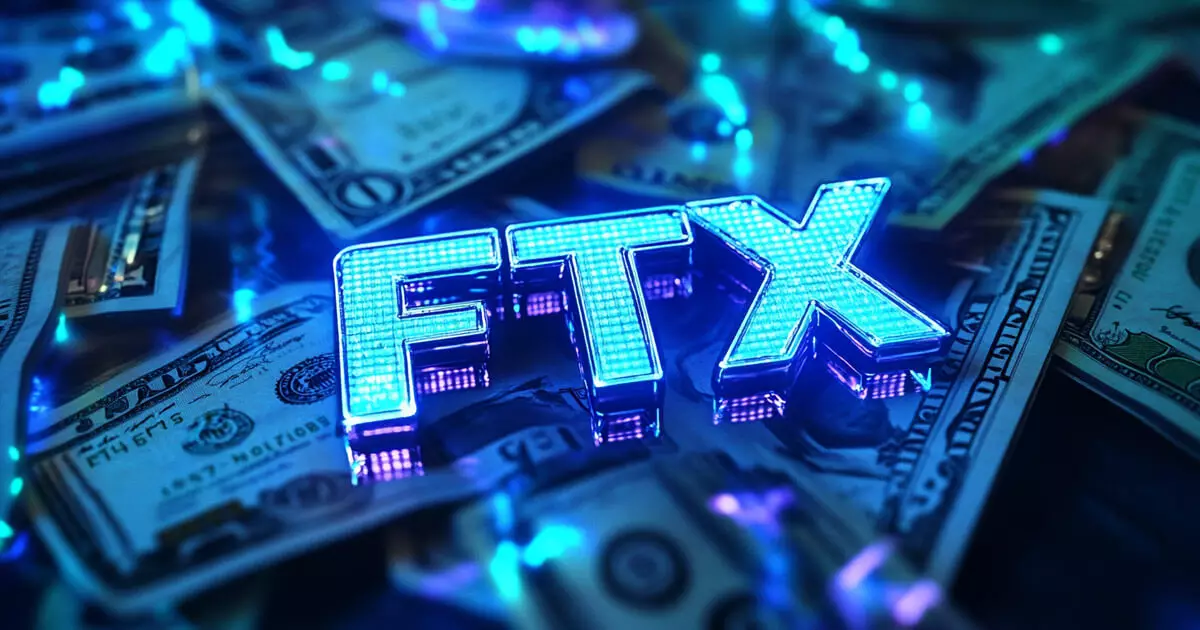The collapse of the cryptocurrency exchange FTX in November 2022 sent shockwaves through the blockchain ecosystem, marking one of the most significant failures in the digital asset market. The fallout raised numerous questions regarding accountability, financial transparency, and the treatment of creditors worldwide. Especially notable is the situation regarding various international creditors currently navigating the complexities of compensation, particularly those in countries such as Russia, China, Egypt, Nigeria, and Ukraine.
Sunil Kavuri, representing the FTX Creditors’ group, highlighted a stark reality—many creditors from these regions are being left out of the recovery process, despite constituting a considerable part of FTX’s user demographic. According to estimates, entities in China alone represent nearly 8% of all claims against FTX, making their exclusion particularly perplexing. This demographic disparity raises crucial questions about the allocation of resources and the systemic challenges faced by those in regions with limited financial services.
Kavuri has refrained from disclosing specific reasons behind the exclusion, but he hinted that efforts are underway to rectify this situation. The ambiguity surrounding the eligibility for compensation has left many affected users in distress, continuously attempting to recover their lost investments while facing a deafening silence around timelines for restitution.
FTX’s initial distribution of funds took place on February 18, addressing smaller creditors first, which shows a deliberate prioritization strategy. However, this approach comes with complications. While 46,000 claimants were successfully compensated during this distribution, those in restricted countries remain in limbo without any promises of payment. The lack of designated platforms like Kraken and BitGo in these areas has undoubtedly exacerbated the challenge. Yet the issue is not solely tied to platform availability; some creditors in Egypt possess accounts with these exchanges yet still find themselves ineligible for reimbursement.
Kraken co-CEO Arjun Sethi’s remarks further illustrate the continuing impact of FTX’s downfall—the exchange has prioritized proving its reliability and security in a market scarred by FTX’s catastrophic collapse. Sethi’s assertion that accountability and transparency are imperative resonates with many in the crypto community who long for reform.
FTX appears committed to compensating smaller creditors, fully reimbursing those with claims under $50,000 and providing an annual interest rate of 9% since the bankruptcy filing. However, the larger creditors, those whose claims exceed this threshold, must brace themselves for another round of waiting as payments are projected to commence in the second quarter of this year.
As the FTX saga continues to unfold, the implications of its failure extend beyond financial losses. It serves as a potent reminder of the vulnerabilities within the cryptocurrency sector and the urgent need for robust regulatory frameworks. While former CEO Sam Bankman-Fried’s insistence on FTX’s non-insolvency remains contentious, the events surrounding the exchange underscore a pressing need for integrity and oversight in the rapidly evolving landscape of digital finance. The future of cryptocurrency will likely be shaped by the lessons learned from this unprecedented collapse, particularly in ensuring that all stakeholders receive their due justly and transparently.















Leave a Reply